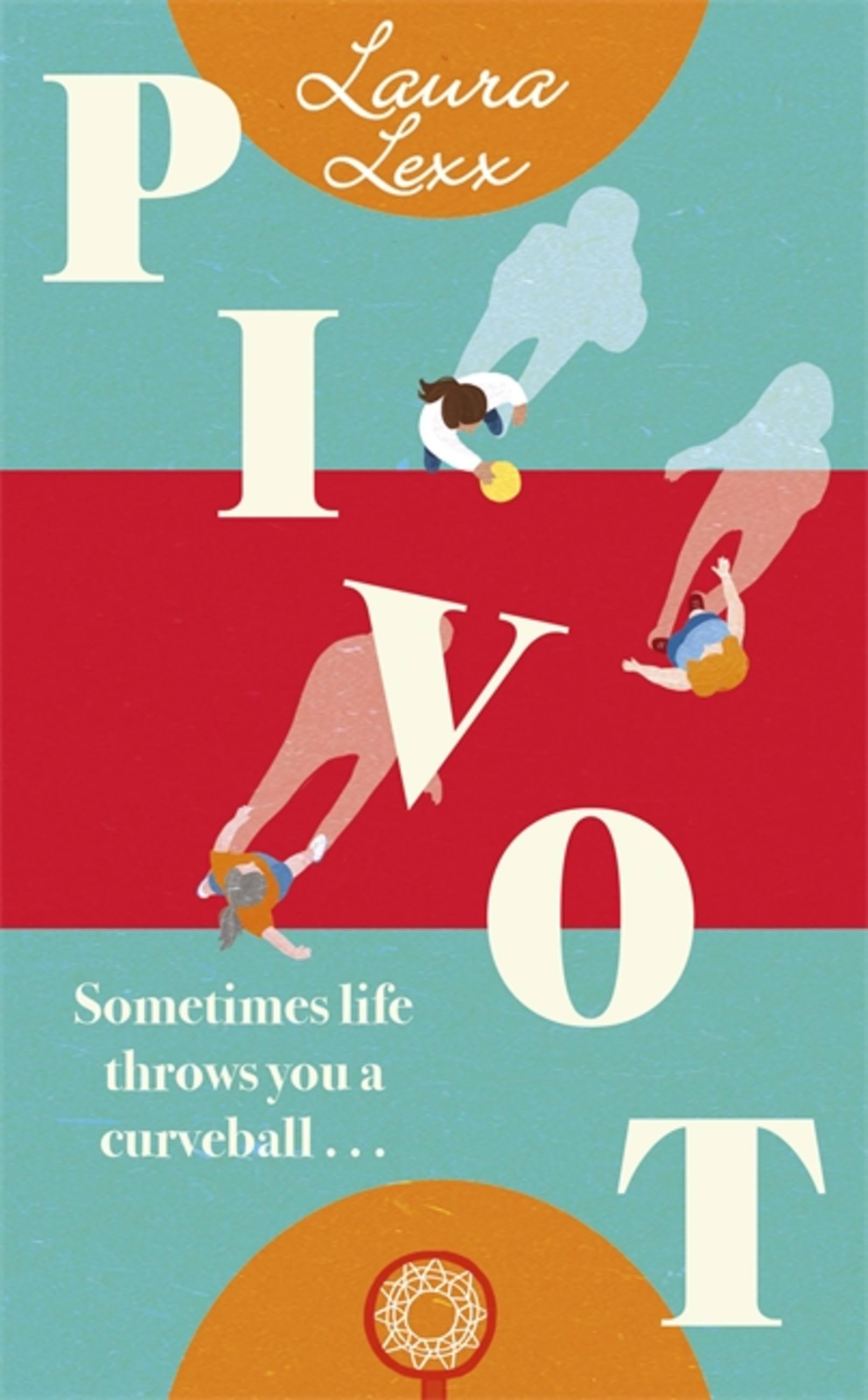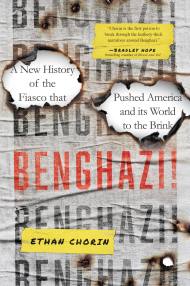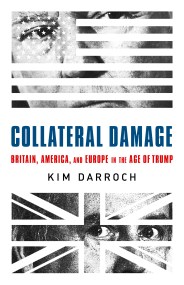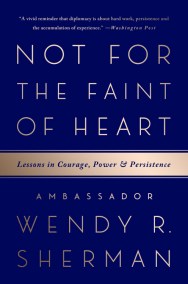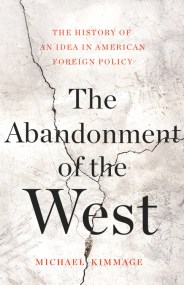Promotion
Use code MOM24 for 20% off site wide + free shipping over $45
The Pivot
The Future of American Statecraft in Asia
Contributors
Formats and Prices
Price
$15.99Price
$20.99 CADFormat
Format:
- ebook $15.99 $20.99 CAD
- Hardcover $32.00 $40.00 CAD
- Audiobook Download (Unabridged)
This item is a preorder. Your payment method will be charged immediately, and the product is expected to ship on or around June 7, 2016. This date is subject to change due to shipping delays beyond our control.
Also available from:
From former assistant secretary of state Kurt M. Campbell comes the definitive analysis and explanation of the new major shift in American foreign policy, its interests and assets, to Asia.
There is a quiet drama playing out in American foreign policy far from the dark contours of upheaval in the Middle East and South Asia and the hovering drone attacks of the war on terror. The United States is in the midst of a substantial and long-term national project, which is proceeding in fits and starts, to reorient its foreign policy to the East. The central tenet of this policy shift, aka the Pivot, is that the United States will need to do more with and in the Asia-Pacific hemisphere to help revitalize its own economy, to realize the full potential of the region’s dramatic innovation, and to keep the peace in the world’s most dynamic region where the lion’s share of the history of the twenty-first century will be written.
This book is about a necessary course correction for American diplomacy, commercial engagement, and military innovation during a time of unrelenting and largely unrewarding conflict. While the United States has intensified its focus on the Asia-Pacific arena relative to previous administrations, much more remains to be done.
The Pivot is about that future. It explores how the United States should construct a strategy that will position it to maneuver across the East and offers a clarion call for cunning, dexterity, and ingenuity in the period ahead for American statecraft in the Asia-Pacific region.
There is a quiet drama playing out in American foreign policy far from the dark contours of upheaval in the Middle East and South Asia and the hovering drone attacks of the war on terror. The United States is in the midst of a substantial and long-term national project, which is proceeding in fits and starts, to reorient its foreign policy to the East. The central tenet of this policy shift, aka the Pivot, is that the United States will need to do more with and in the Asia-Pacific hemisphere to help revitalize its own economy, to realize the full potential of the region’s dramatic innovation, and to keep the peace in the world’s most dynamic region where the lion’s share of the history of the twenty-first century will be written.
This book is about a necessary course correction for American diplomacy, commercial engagement, and military innovation during a time of unrelenting and largely unrewarding conflict. While the United States has intensified its focus on the Asia-Pacific arena relative to previous administrations, much more remains to be done.
The Pivot is about that future. It explores how the United States should construct a strategy that will position it to maneuver across the East and offers a clarion call for cunning, dexterity, and ingenuity in the period ahead for American statecraft in the Asia-Pacific region.
Genre:
- On Sale
- Jun 7, 2016
- Page Count
- 432 pages
- Publisher
- Twelve
- ISBN-13
- 9781455568963
Newsletter Signup
By clicking ‘Sign Up,’ I acknowledge that I have read and agree to Hachette Book Group’s Privacy Policy and Terms of Use

